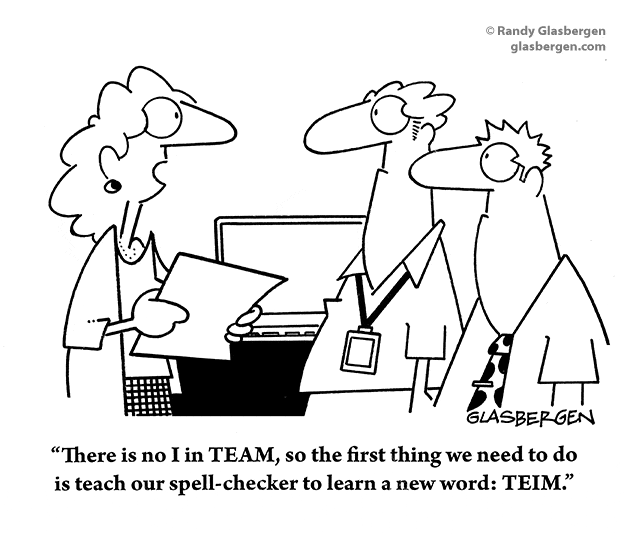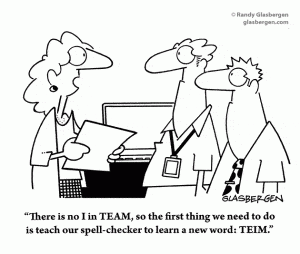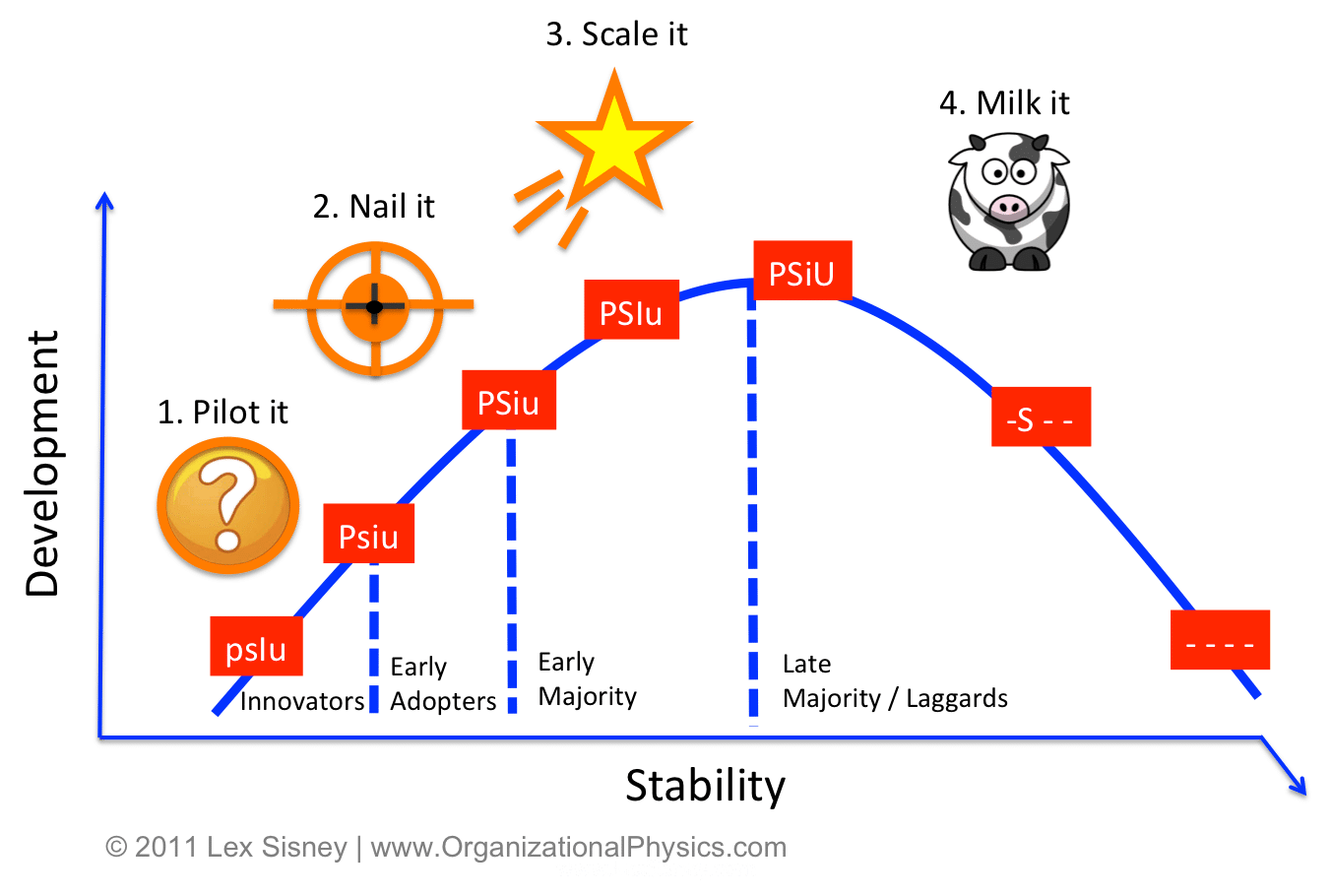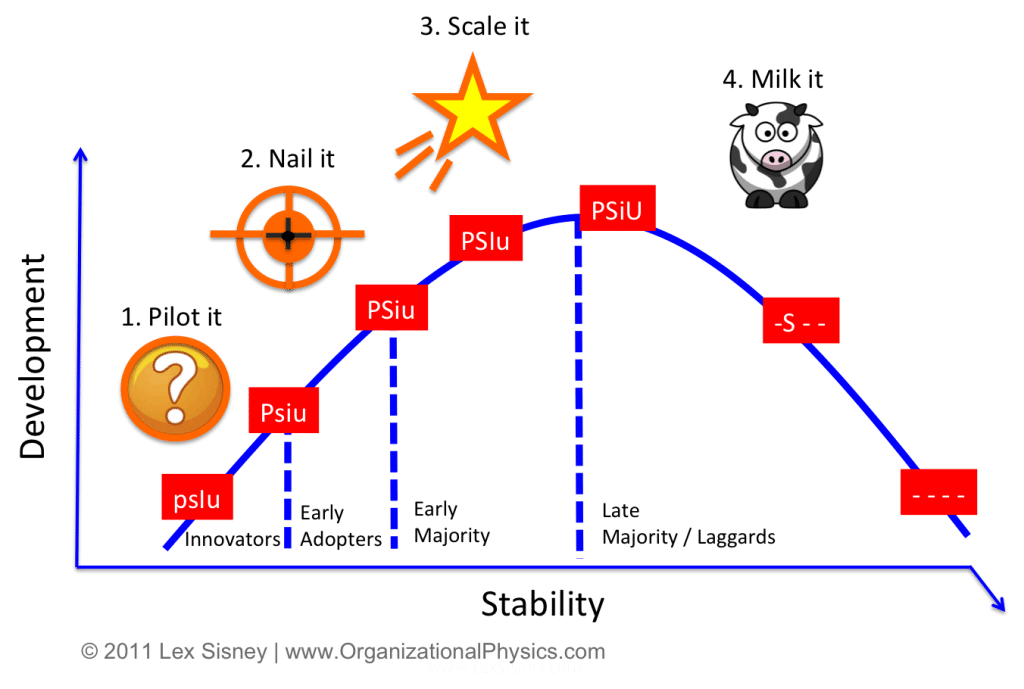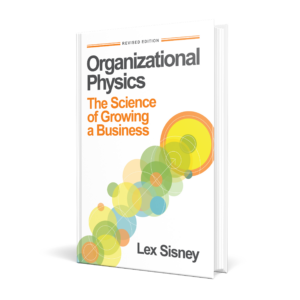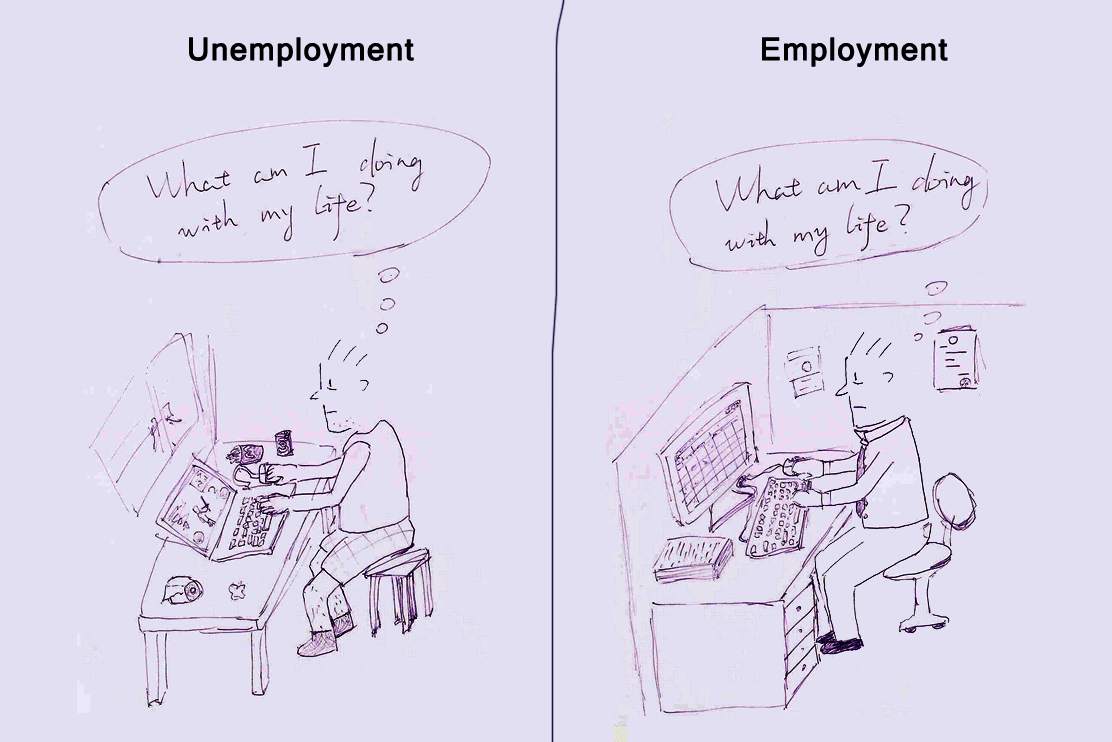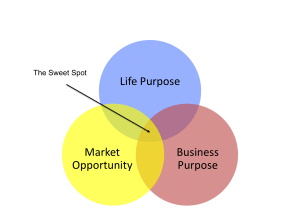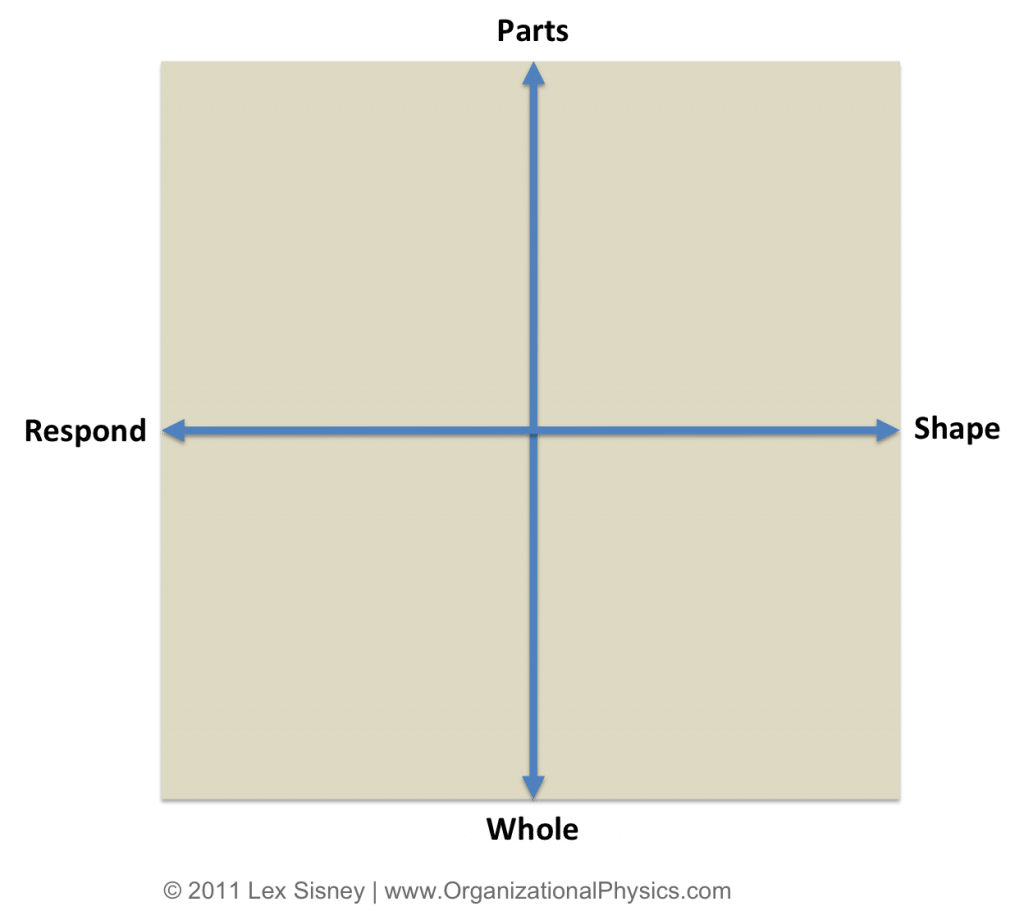An Inside Look at Holacracy
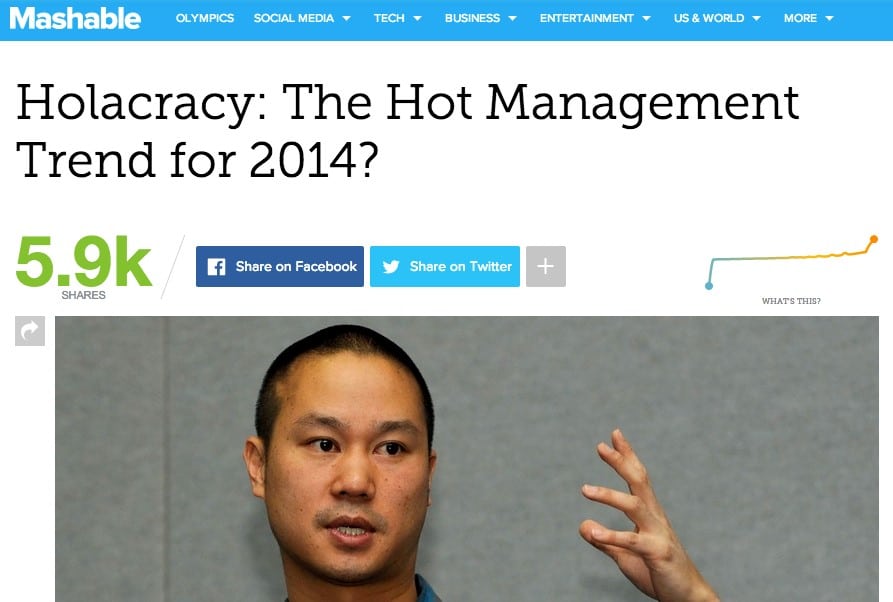
“Hola-what?” I said to myself as I started clicking links. Aimee Groth at Quartz wrote: “Zappos is going holacratic: no job titles, no managers, no hierarchy,” while the Washington Post headlined with, “Zappos Says Goodbye To Bosses,” and the Canadian Broadcast Company led with “Holacracy management style eliminates all bosses, titles.”
I’ve been around long enough to know that what the media was reporting would be far removed from the truth. I also had the inkling that the level of publicity that Zappos generates made it likely that Holacracy would become the next buzzword in management in 2014. Paul Herbert captured it well: “A new word crept into HR’s vernacular last week: holacracy. Better get used to seeing it.”
Each year I attend two personal/professional development workshops for my own education and growth. After trying to make sense of Holacracy through their website materials and recorded webinars, in the spirit of exploration I decided to dive deeper and make Holacracy one of my annual workshops. I signed up for their 1/2-day Taster Workshop followed by a 5-day Practitioner Certification Training in Las Vegas hosted by Holacracy founder Brian Robertson.
A few weeks later I hopped in my car to make the trek from my home in Santa Barbara across the desert to Vegas. The seminar turned out to be located just down the block from the Gold and Silver Pawn Shop of History Channel fame. As I drove by their shop at 1pm on a Friday, there was a line of people down the entire block. “Note to self,” I murmured while rubber necking the crowd, “this is what a reality TV can do for your small business.”
I parked and found my way to the seminar, located on the third floor of a secured building. I buzzed the intercom, walked up three flights of stairs, and entered the room where I’d spend the next week. I noted there were about 25+/- people gathered around circular conference tables and a standard lecture area at the front. I found a spot, put down my stuff and, with a mixture of curiosity and anticipation, made small talk with my fellow attendees, a surprising number of whom were French nationals, while waiting for the seminar to start.
Little did I know then what a struggle that entire week — and even several weeks after digesting my experience — would be for me. What did I struggle with? First, I found […]

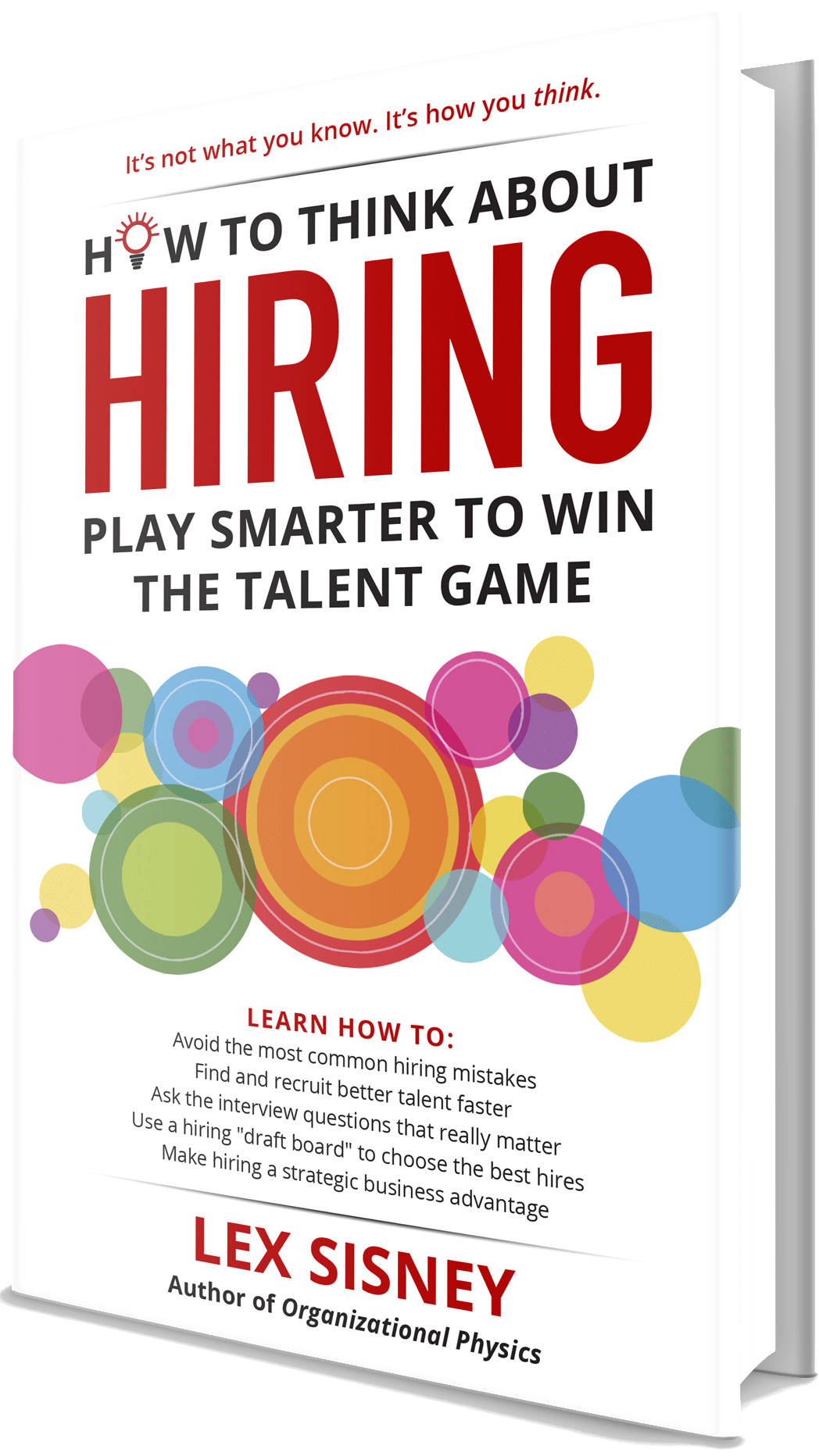 How to Think About Hiring: Play Smarter to Win the Talent Game is available now in
How to Think About Hiring: Play Smarter to Win the Talent Game is available now in 





